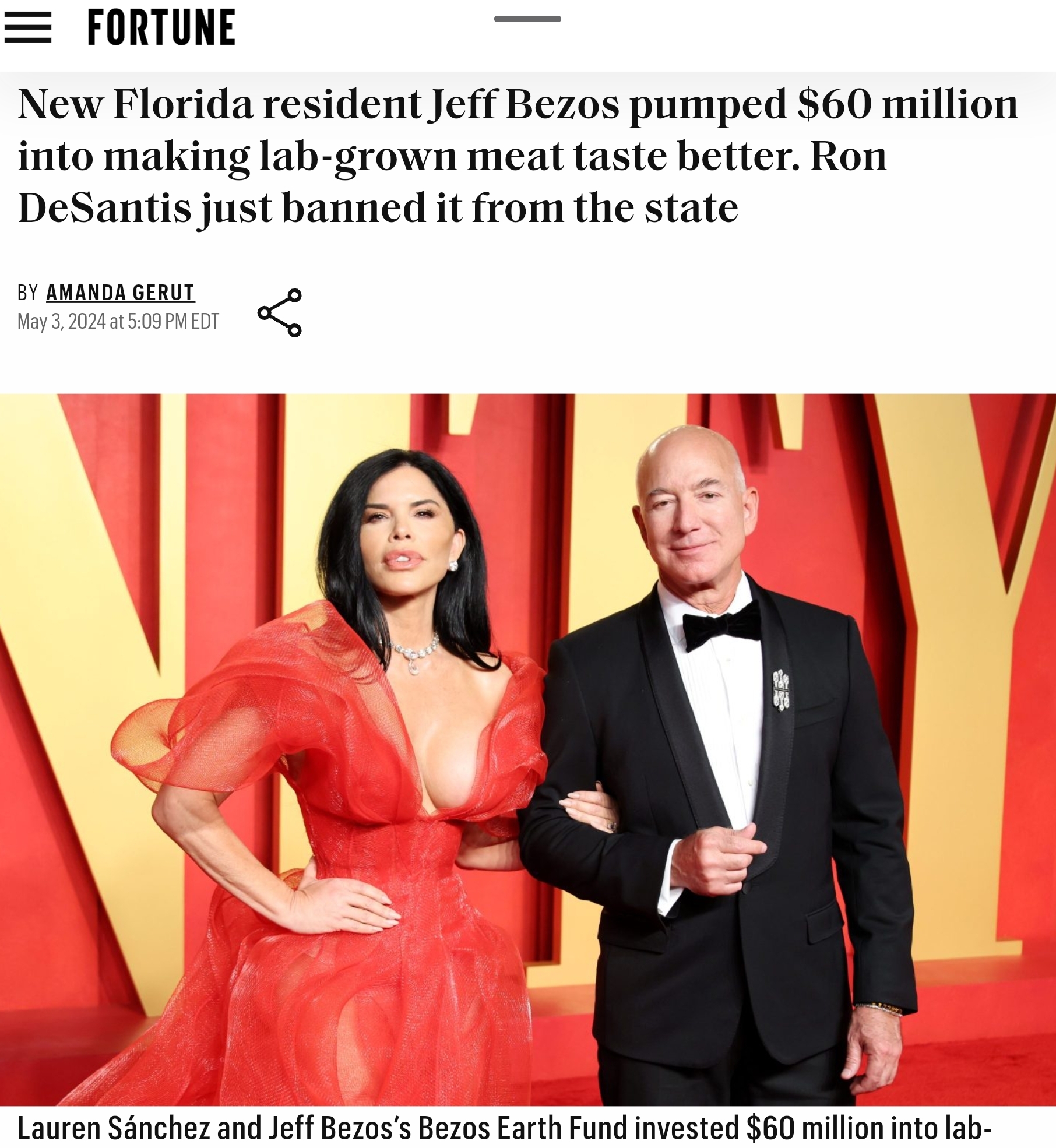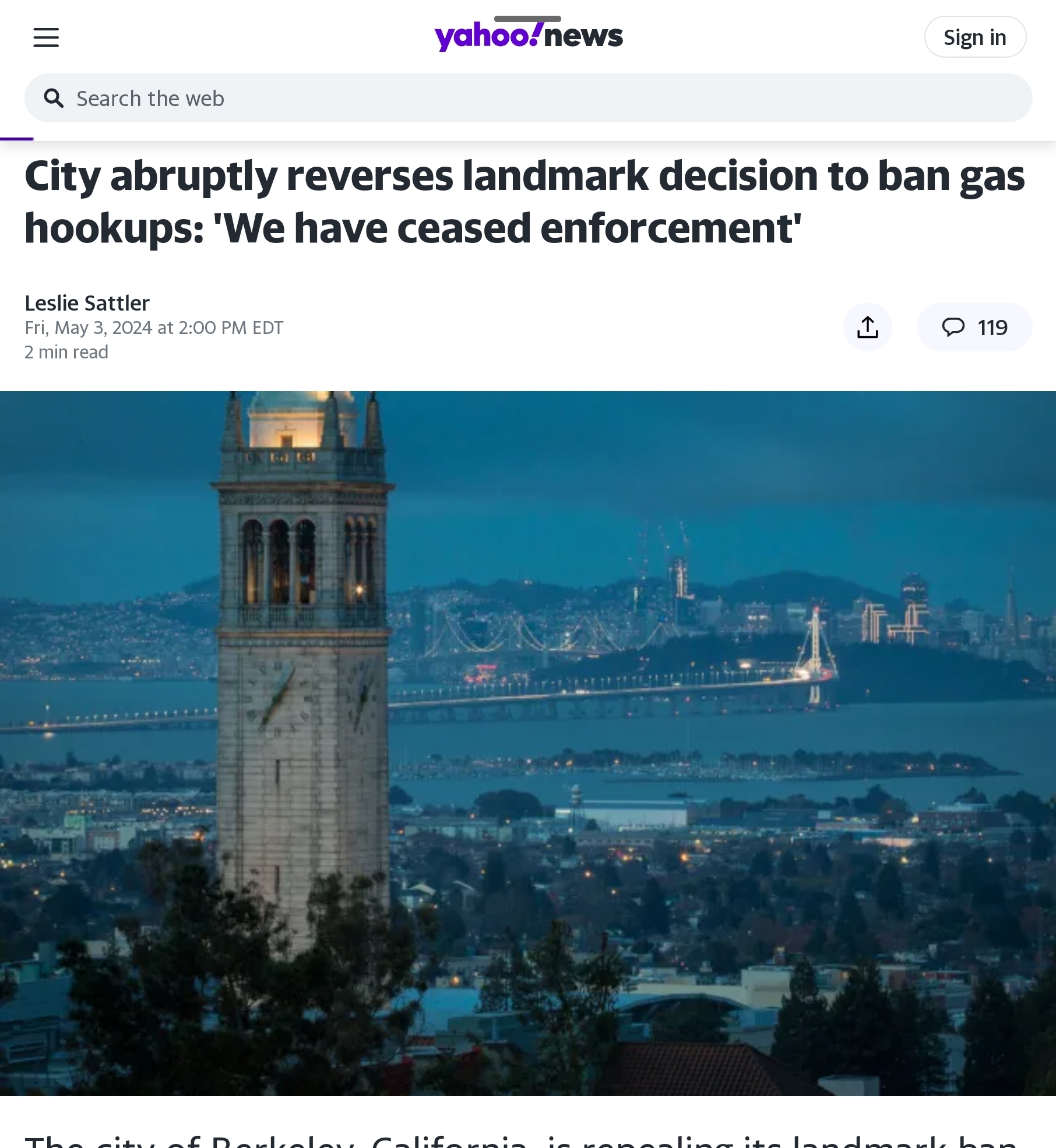he Ford Motor Company revealed in its second-quarter financial results on Thursday that a $4.5 billion loss has been projected for its line of electric vehicles (EVs). Almost twice as much as its $2.1 billion loss on its Model E division in 2022.
Despite the losses in EVs, Ford posted a $1.9 billion net income bringing in $45 billion in net revenue. Its commercial division, Ford Pro, earned $2.4 billion, and its gas and hybrid division, Ford Blue, earned $2.3 billion.
Ford CEO Jim Farley said, according to a report, “The near-term pace of EV adoption will be a little slower than expected, which is going to benefit early movers like Ford. EV customers are brand loyal and we’re winning lots of them with our high-volume, first-generation products; we’re making smart investments in capabilities and capacity around the world; and, while others are trying to catch up, we have clean-sheet, next-generation products in advanced development that will blow people away.”
“The shift to powerful digital experiences and breakthrough EVs is underway and going to be volatile, so being able to guide customers through and adapt to the pace of adoption are big advantages for us,” Farley added. “Ford+ is making us more resilient, efficient and profitable, which you can see in Ford Pro’s breakout second-quarter revenue improvement (22%) and EBIT margin (15%).”
The company said it “now expects to reach a 600,000-unit EV production run rate during 2024 and will maintain flexibility, balancing growth and profitability, on the way to attaining a two-million run rate.” A goal originally set for 2023.
Previously in Ford’s March report, the company announced it expected to lose $3 billion in its EV division. Ford’s Chief Financial Officer John Lawler said at the time, “Ford Model E is an EV start-up within Ford and, as everyone knows, EV start-ups lose money while they invest in capability, develop knowledge, build volume and gain share.”
The car company did not mention if the setback changes its goal to produce two million EVs a year by 2026.
The Biden Administration announced in September that its goal is for half of the vehicles in the US to be electronic by 2030, with California being the first state to be 100 percent EVs by 2035.




